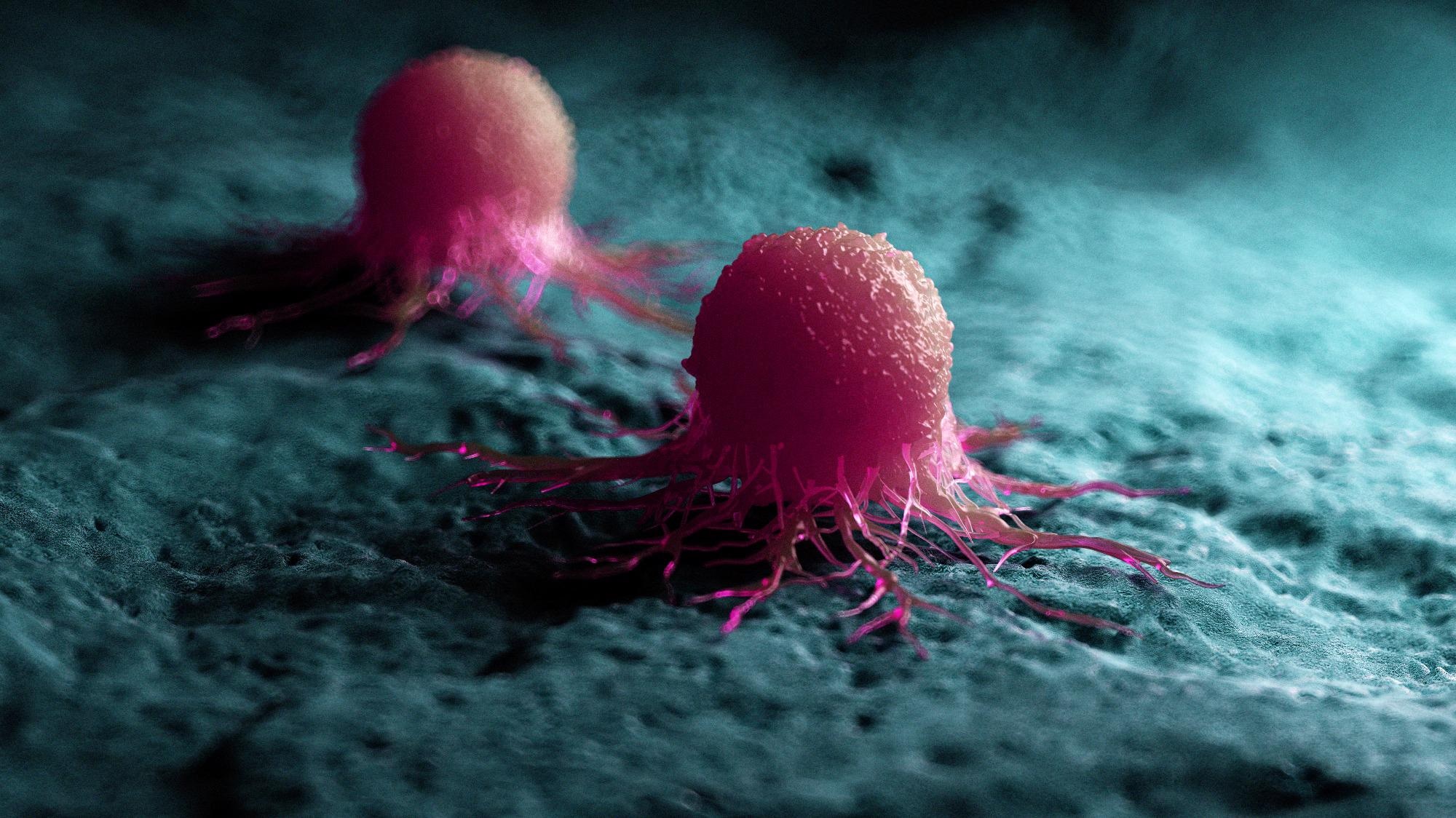With over 19.3 million new cancer cases and 10 million cancer deaths in 2020,1 any opportunity to help with the treatment of cancer is welcomed.

Image Credit: Shutterstock.com/ SciePro
Since the 1990s, scholars have been researching a unique type of cancer therapy known as magnetic hyperthermia. It involves creating heat in magnetic nanoparticles via the application of shifting magnetic fields which are applied to them.
A team of scientists at the Hyderabad-headquartered International Advanced Research Centre for Powder Metallurgy and New Materials (ARCI) has made scientific developments in this area, and the technology is being improved. This article takes a closer look at magnets and how they can be used for cancer treatment.
Magnetic Materials
Magnetic materials are more than just useful in their own right; their properties give rise to entirely new uses for almost any material you could think of.
Magnetic materials play an important role in almost everything we do in our lives. In fact, it is a property of almost everything in existence – from your computer keyboard to our smartphones.
These properties enable magnets to do amazing things - from being used to fix doors and windows to attracting and holding books and other objects in place during transportation – all without any additional effort on your part.
Magnets come in various shapes and sizes, and manufacturers make them in a variety of materials, such as iron, stainless steel, brass, bronze, plastic, etc., and through the process of magnetic hyperthermia, magnets can even be used as a treatment for cancer.
Magnetic Hyperthermia for Cancer Treatment
A team of scientists recently published a paper in the Journal of Alloys and Compounds reporting a number of developments in Magnetic Hyperthermia.
Conventional Magnetic Hyperthermia treatment kills healthy cells along with cancer cells and often has severe side effects. Using magnetic forces through magnetocaloric materials, however, researchers can target cancer cells with heat, killing the cells while leaving nearby healthy tissue unharmed.3
Moreover, magnetocaloric materials allow you to heat something up and then cool it back down again. It's easier to control temperature than with the conventional magnetic nanoparticles as magnetocaloric materials stay hot even when there's no magnetic field around.
In order to treat cancer with magnets, scientists have been testing the use of magnetic hyperthermia through clinical trials. However, since these trials have been unable to prove that magnetic hyperthermia is safe and effective, there is no widespread practice of using magnets in cancer treatment.
Therefore, the ARCI team decided to use a certain type of rare earth metal instead, since some rare earth metals are safe for use in the human body. They made the alloy magnetic at temperatures close to the range needed to kill cancer cells.2 Thus, using this approach alongside radiation treatment would reduce both side effects and treatment time.
Currently, however, the realization of the research is still some way off. When testing deionized water to inject nanoparticles into cells, there was a temperature decline from 45°C to 38°C. Yet, 42°C is the minimum temperature required to kill cancerous tissue.
Further research on using the combinations of magnetocaloric materials and radiation will bring scientists and doctors closer to reaping the potential benefits of the approach.
Reference and Further Reading
1. Sung, H., Ferlay, J., Siegel, R., Laversanne, M., Soerjomataram, I., Jemal, A. and Bray, F., 2021. Global Cancer Statistics 2020: GLOBOCAN Estimates of Incidence and Mortality Worldwide for 36 Cancers in 185 Countries. CA: A Cancer Journal for Clinicians, 71(3), pp.209-249 [https://doi.org/10.3322/caac.21660]
2. Kavita, S., Anusha, G., Bhatt, P., Suresh, V., Vijay, R., Sethupathi, K., & Gopalan, R. (2020). On the giant magnetocaloric and mechanical properties of Mn–Fe–P–Si-Ge alloy. Journal of Alloys and Compounds, 817 [https://doi.org/10.1016/j.jallcom.2019.153232]
3. Kumar, K., 2021. Hot magnets that kill cancer cells while sparing healthy ones. [online] www.thehindubusinessline.com. Available at: https://www.thehindubusinessline.com/business-tech/hot-magnets-that-kill-cancer-cells-while-sparing-healthy-ones/article36415807.ece [Accessed 13 September 2021].
Disclaimer: The views expressed here are those of the author expressed in their private capacity and do not necessarily represent the views of AZoM.com Limited T/A AZoNetwork the owner and operator of this website. This disclaimer forms part of the Terms and conditions of use of this website.